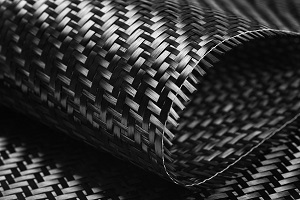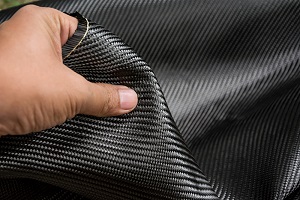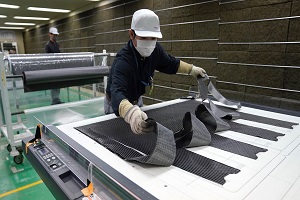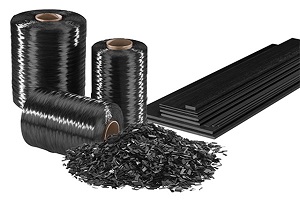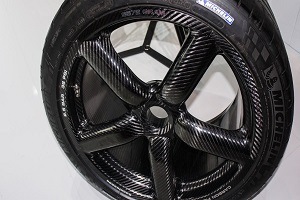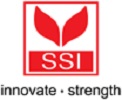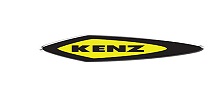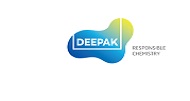Get a Project Report
Top Lucrative Business Ideas for Startups
GLOBAL CARBON FIBER INDUSTRY:
The carbon fibre market is expected to develop at an 11.0 percent compound annual growth rate (CAGR). The market is expanding as demand from the aerospace and defence, automotive, and wind energy industries grows. Carbon fibre is made up of carbon atoms that are bound together to form a long chain with a diameter of 5-10 metres. These carbon atoms come together to form a tiny crystal with a high strength-to-weight ratio. The industry is expected to rise as automotive manufacturing increases and the need for lightweight vehicles grows. Manufacturers’ increased demand for vehicle body parts such hoods, deck lids, bumper beams, and fenders may encourage product demand. The use of these fibres boosts the vehicle’s durability, guaranteeing that the vehicle’s body sections have a lengthy life cycle. The market is being driven by motorsports and luxury automobiles, which use composites extensively. Companies are implementing methods and investing in processes that will help them reduce the overall weight of their vehicles. Carbon fibre reinforced polymer (CFRP) is commonly employed in high-end supercars as a result. The material’s strength-to-weight ratio is extraordinarily high, and its density is as low as 1.6g/cc, making it extremely light. A lightweight car has the advantage of having superior fuel efficiency, and a 10% reduction in weight can save up to 6% to 8% of gasoline in automobiles.
The most versatile carbon fibre precursor is polyacrylonitrile (PAN). It’s also known as Creslan 61, and it’s a semi-crystalline synthetic polymer resin. PAN is used to manufacture over 90% of carbon fibre. PAN is a thermoplastic resin with an unusually high melting point for a thermoplastic resin. PAN-based carbon fibres have a thicker coat and better mechanical characteristics than pitch-based fibres (high tensile strength). They are favoured in significant applications because of their high carbon yield, polymer’s capacity to undergo cyclization processes, and low vacancy fraction, which result in superior strength and stability, as well as the flexibility to alter the final product’s structure. PAN is a predecessor for the manufacturing of carbon fibre in the aerospace and defence industries, as well as the sporting goods business. Because of the increased acceptance of sports and recreational activities, as well as increased health consciousness, the aerospace and defence, and sporting equipment industries are seeing rapid growth, which is likely to drive the market for PAN as a carbon fibre raw material.
CARBON FIBER REINFORCED PLASTICS (CFRP):
The Carbon Fiber Reinforced Plastic (CFRP) Market is expected to develop at an annual rate of 8.1%. CFRPs are carbon fibre reinforced composite materials created by infusing a resin with carbon fibre reinforcement. They are suited for usage in a variety of industrial applications due to their considerable weight savings, enhanced tensile strength, fatigue resistance, impact resistance, and durability. In several automobile applications, CFRP components are rapidly replacing metals, largely to lower fuel consumption. Tennis racquets, aircraft & automotive components, protective helmets, wind turbine blades, moulding compounds, building & construction plates, and imaging equipment structures are all made with them. Carbon is a potent absorber, therefore these materials can be utilised as a chemical or water purifier. Carbon Fiber Reinforced Plastic (CFRP) is a carbon fiber-reinforced polymer matrix composite material. It is mostly employed in the manufacture of aircraft and rockets because it improves fuel economy and reduces aircraft body weight.
INDIAN CARBON FIBER INDUSTRY:
The carbon fibre market in India is expected to expand at a CAGR of roughly 11.6 percent. Rising demand for renewable energy and increased aircraft production in the country are two aspects that are positively impacting market growth. Furthermore, rising R&D efforts in the aerospace and defence sectors are likely to propel the country’s industry forward. The carbon fibre market in India is divided into three categories: raw material, fibre type, and industry vertical. PAN and petroleum pitch & rayon are two sub-segments of the market. Expanded demand for carbon fibre and carbon fibre composites, technological advancements, and increased market penetration have all contributed to the industry’s rapid expansion in recent years. The future of the India carbon fibre market is expected to be bright, thanks to the growing use of carbon fibre in newer product segments such as deep water drilling platforms, drill pipes, semi-conductor materials, and the increasing number of buildings and apartments in the country as a result of India’s growing urban population and GDP. Rising knowledge of the advantages of carbon fibre over metals will push firms in the Indian carbon fibre industry to extend their operations across the country’s prospective markets.
TOP PLAYERS WORLDWIDE:
- Reliance Industries
- Cytec
- Kemrock Industries
- Toho Tenax
- Toray
- Advanced Composites Inc. (Utah, The U.S.)
- Formosa M Co., Ltd. (Gyeonggi-Do, Korea)
- Hexcel Corporation (Connecticut, The U.S.)
- Hyosung Advanced Materials (Seoul, South Korea)
- Mitsubishi Chemical Carbon Fiber and Composites, Inc. (California, The U.S.)
- Nippon Graphite Fiber Co., Ltd. (Hyogo, Japan)
- SGL Carbon
- Solvay (Brussels, Belgium)
- Teijin Limited (Tokyo, Japan)
- Toray Industries, Inc. (Tokyo, Japan)
- Zoltek Corporation (Missouri, The U.S.)

